How To Take Care Of Asparagus Plants – Care & Growing Tips
Follow the asparagus care tips to the T for a good harvest for many seasons. Prepare a raised, weed-free bed with light organic soil. With temperature above 50°F in partial to full sun, the plant thrives well.
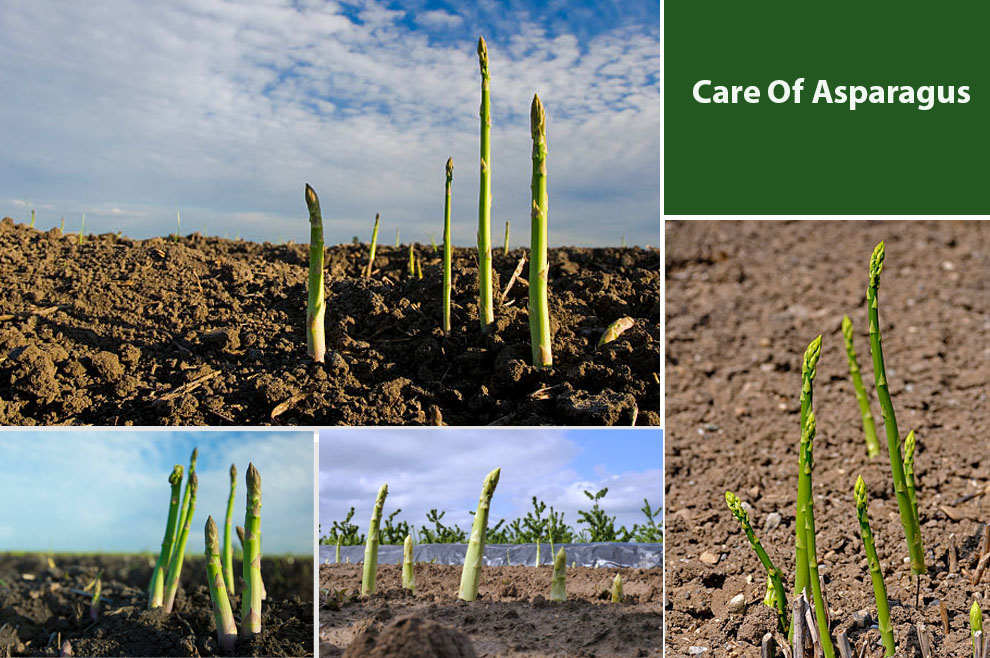
People with abundant space in their yard or garden must consider growing Asparagus. It is a delicious, easy-to-grow vegetable that is one of the first vegetables ready for harvesting in the spring.
Asparagus have a decent lifespan provided you know how to take care of Asparagus plants. Asparagus grows well in a weed-free raised bed. It prefers light, well-drained soil rich in organic matter. It is essential to be careful with the growing conditions because the Asparagus you grow will be in the same spot for several years.
Asparagus usually takes around three to five years to mature, but it is worth the wait. Moreover, once they start yielding well, you will harvest Asparagus spears every spring for over a month.
Caring for An Asparagus
Asparagus thrives in well-drained and light soil. But you can grow it in heavy soil, provided you create a raised bed. Opt for a sunny, open site and ensure that it has abundant organic matter and is not exposed to any weeds.
If you inherit an established Asparagus bed, do not make the mistake of replanting with the new corners. When you wish to plant more Asparagus, you must pick a site sans any prior exposure to Asparagus diseases. Never plant Asparagus in a spot where you have grown potatoes previously.
Now, let us discuss Asparagus plant care tips in detail.
A. Planting Asparagus
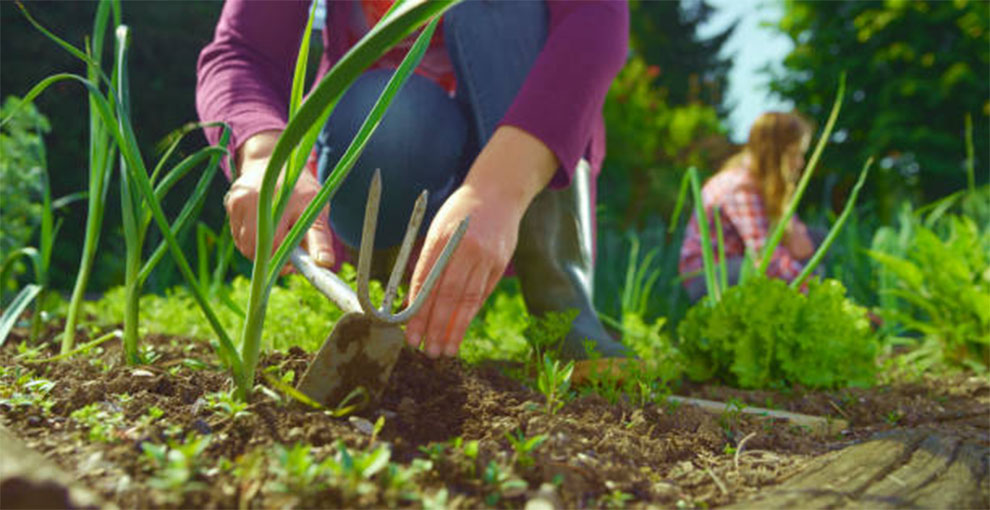
Your care for the plant starts from the moment you plant it. Thus, it is essential to know when, where, and how to plant it.
First things first, Asparagus can be grown from seeds. However, the more reliable method is planting the one-year-old dormant plant roots known as crowns in March.
There are some Asparagus varieties you can plant in autumn too. Alternatively, if you wish to sow Asparagus seeds, you can sow them in modules in late winter.
Some even consider direct ground sowing in the spring. But please remember, it may take at least five years before your trees are ready for harvest. Now, the question is how to plant Asparagus. Keep reading as we discuss it next.
Prepare an Asparagus bed by removing perennial weeds and digging in well-rotted manure. It is best to do it in the winter before the season. The plant thrives in freely drained soil. So, if your garden soil is clay-intensive, consider gritting it.
You must plant the crowns outside immediately after you receive them in April or March. Ideally, leave at least one feet gap between the two crowns.
Similarly, there should be at least a twenty-inch gap in-between the rows. Dig a trench that is a foot wide and eight inches deep. The ridge must be adequate for the crown buds to end up before the soil surface.
Next, place the crown on the ridge enveloping the roots on either side. Ensure that you water them well.
Ensure that the bed is free from all weeds as you let your Asparagus grow. Weeds compete with the crown for resources. Hence, you must mulch deeply with a thick layer in the spring and get rid of any weeds by handpicking because Asparagus roots can be a little shallow.
Now that you have planted it, how do you take care of Asparagus? Let us look at asparagus’s daily requirements for fertilizer, water, sunlight, and more.
B. Sunlight
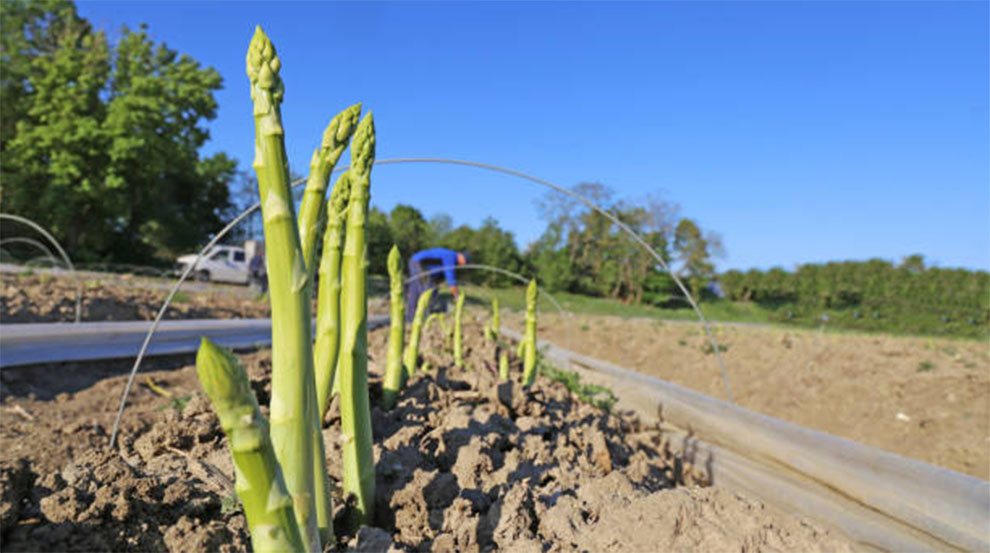
Typically, Asparagus thrives in partial shade to full sun, depending on the latitude and the climate. But full sun works the best for the plant.
Asparagus demands at least six to eight hours of sun daily (more if possible). But it can also fare through partial shade conditions, but it typically results in Asparagus growing relatively slower.
So, even if you grow them on the margins of the garden, ensure they are not shaded out because persistent shade from a structure or tree results in thinner spears or lower yields.
C. Temperature
When the soil temperature goes above fifty-degree Fahrenheit, Asparagus yields new shoots. But, the plant performs the best when the daytime temperature is between seventy-five to eighty-five degrees Fahrenheit.
The preferred temperature during the night is between sixty and seventy degrees. If your plant receives optimal temperature, it is bound to grow four inches of Asparagus spears per day.
On the contrary, if the temperature drops below 55 or goes over 85, it slows down the root development and fades the shoot production. Hotter temperature also causes premature fronds and misshaped shoots.
Similarly, colder temperatures or temperatures below the freezing point can trigger plant dieback or discoloration.
D. Fertilizer
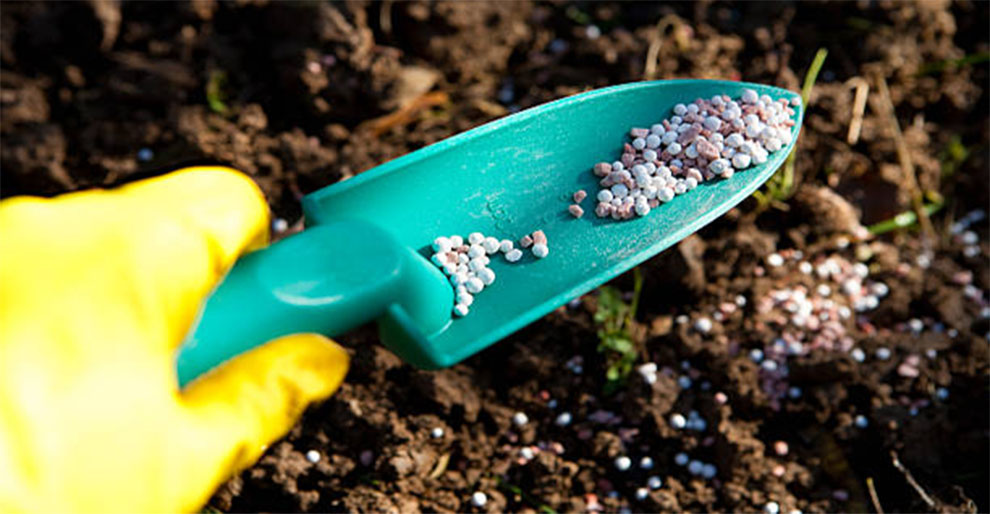
Asparagus is a heavy feeder. So, one of the most vital Asparagus plant care tips is providing the plant with the proper nutrition. It starts from the moment you plant the Asparagus.
So, while preparing the Asparagus bed, you must add an all-purpose organic fertilizer and compost to the soil. In addition, you should also add natural mineral powder or rock phosphate. These nutrients are pivotal and help the plant develop a solid root system.
Next, to ensure that the soil remains rich and optimally feeds your Asparagus, you must add a thick layer of compost to the soil. We recommend doing this in early spring before the shoots show.
Alternatively, you can feed the plants in the fall when the fronds die back. Do not forget to give your plant a decent dose of fertilizer in mid-spring when your plant is actively growing.
E. Water and mulching
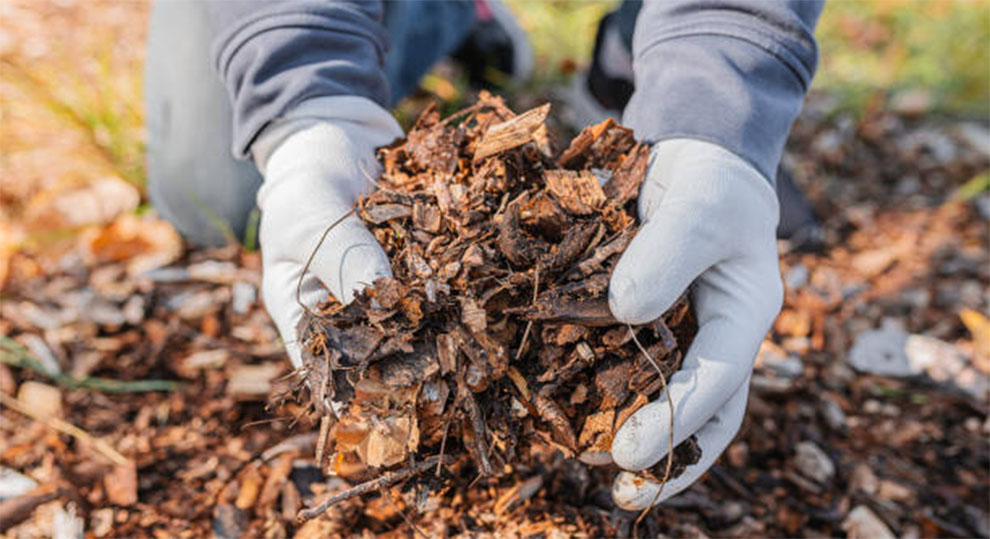
Once you remove any visible weeds from the Asparagus, you can apply a thick mulch layer. It helps asphyxiate the leftover weeds that tend to compete for resources with the young spears, lowering the yields.
After planting, you must water regularly for the first two years. Once the Asparagus matures, you can reduce the watering frequency because the older Asparagus crowds the weeds and send fleshy, long roots deep into the soil.
You can let the winter-struck foliage with light mulch or straw on the bed for winter protection. Before the new growth shows in spring, you must destroy and remove the fern-like foliage to keep pest eggs and diseases at bay.
If you wish to grow white Asparagus with relatively milder flavors than green ones, consider blanching the spears by mulching over the bed before they show.
F. Keep a check on pests and diseases
At all times, the Asparagus bed should be sans any weeds. So, if you spot any whole weeds, you must immediately handpick and remove them. It is one of the inevitable Asparagus care tips.
However, while doing so, be cautious and do not pull out the roots, as that might curtail regrowth. Do not use a hoe or cultivator during fern or spear growth.
In addition, you must regularly monitor the plant for insect and disease damage. Destroy any wilt or rust you see before they kill your plants.
Related: Best tasting asparagus variety | Asparagus fern indoor care
Harvesting Asparagus
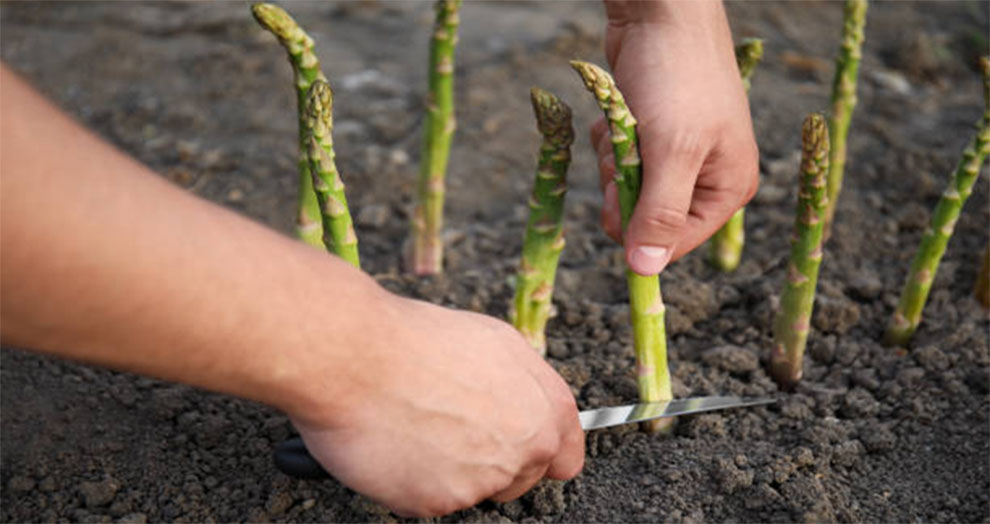
Typically you would not be able to harvest the Asparagus spears until the third year of the plantation.
Asparagus needs time to establish and build the root system. It is imperative, particularly in the first year of the plantation, when the shoots are not large.
Sometimes gardeners may harvest the spears if they are pencil thin or do not grow adequately even during the second year. But, for well-established and healthy Asparagus, patience is quintessential.
In the third year, you can harvest for about fourteen days, and following an initial harvest, you must leave the new spears undisturbed.
In the fourth year, you can yield spears that are at least five-seven inches long. Please do this before their tip loosens. You can harvest for about four to six weeks in the fifth year.
From the sixth year onwards, the shoots will continue emerging from the soil across the spring. So, once you harvest for over a month and the temperature rises again, the shoots may get spindly.
Now, you can let the plants grow into mature foliage, which will feed the roots for the following year’s crop.
How To Store Asparagus After Harvest?
- Take the newly-cut Asparagus and dip it into the water to retain the sugar content.
- Sadly, Asparagus does not remain edible for very long after picking. So, try consuming it within two to three days from the harvest.
- For storage, bundle all the spears together, wrap the stem ends in a moist paper towel, and keep the bundle in a plastic bag.
- Now, you can store it in your refrigerator’s crisper drawer. Alternatively, you can store them by inserting the spears in a cup of water.
How To Take Care Of Asparagus In The Fall?
During autumn, you have to take measures to cut back your plants. But, before cutting back, keep the following things in mind:
- In the plant’s life cycle, foliage growth is a crucial aspect.
- So, if you do not plan on saving the seeds, it is best to remove the excess to help the plant conserve energy.
- Do not start pruning until the foliage turns brown or yellow or the plant enters dormancy.
- Chop the foliage back to the ground level.
- Once done, mulch the Asparagus beds to shield them from the winter.
How To Take Care Of Asparagus In The Spring?
Here are the steps defining extra measures you must take for Asparagus spring care:
- Firstly chop off any dead Asparagus you spot at the ground level.
- During early spring, you must also fertilize the Asparagus.
- Please make efforts to control the weed and keep them away.
- Harvest the Asparagus spears when they are about six to eight inches long.
Pests and Diseases
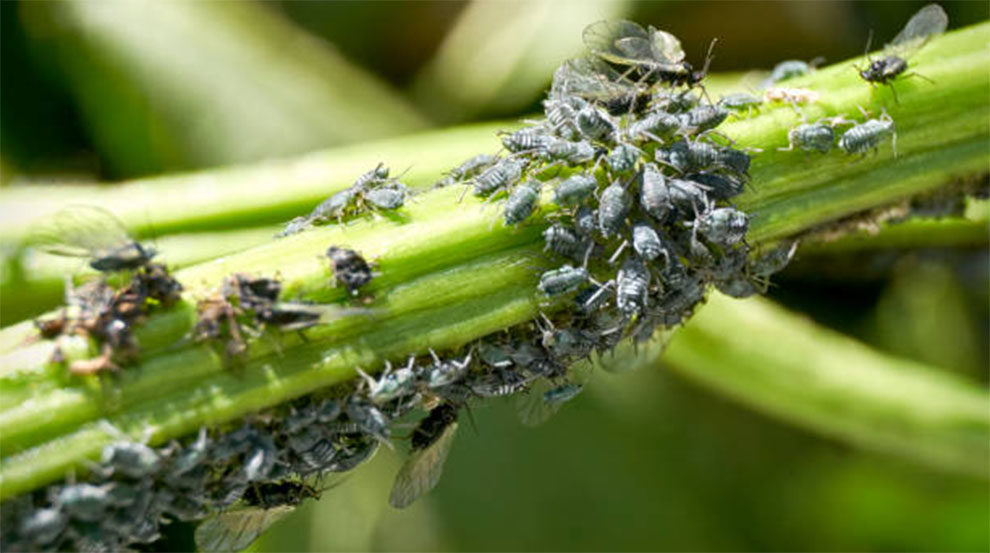
Fortunately, Asparagus does not have too many pest and disease concerns. But, in the older varieties, Fusarium wilt can be a prevalent concern. However, you can avoid it by opting for pest-resistant or hybrid Asparagus varieties.
Another common pest that attacks the Asparagus is the Asparagus Beetle. When the spears show in spring, you must monitor them. They are the most active in the afternoon.
If there are only a few of them, you can handpick the beetles and throw them in a bucket full of soapy water. But, if they are in abundance, use neem oil to keep them in check.
Slugs and snails that feed on the young seedlings are also prevalent problems associated with Asparagus. You can easily spot them in a train on the soil around your crop, while some may be feeding on the leaves.
There are multiple Asparagus care tips to keep slugs and snails at bay. These include eggshell barriers or sawdust, beer traps, biocontrols, and copper tape.
Frequently Asked Questions
Ques 1. Is Asparagus fern the same as Asparagus?
Ans. The two are not the same, but they are closely related. However, the Asparagus fern does not yield anything you can eat or harvest, as is seen in the edible Asparagus.
But they are equally versatile and easy to grow. Moreover, they prove beneficial in several gardening situations. One of the most prevalent Asparagus ferns is the Asparagus densiflorus Sprengeri.
Ques 2. What are the two ways to grow Asparagus?
Ans. You can grow the Asparagus from seeds or a one-year-old root known as the crown.
Ques 3. When should Asparagus be cut back?
Ans. If you let your Asparagus foliage stay in the garden over the winter, you can cut it in early April or late march before you see the spears coming out.
Ques 4. Does Asparagus regrow after cutting?
Ans. Asparagus will almost always regrow after cutting. It is because they are perennial plants that return year after year. The fact that Asparagus can last for two decades justifies that the plant regrows after cutting.
Ques 5. When to stop harvesting Asparagus?
Ans. Early in the season, you can harvest seven to nine-inch spears every two to four days. With the increasing air temperature, you can increase the harvesting frequency to once or twice daily.
Ideally, you will achieve around twenty-four harvests per season, after which you can let the crowns fern and grow out. Also, never harvest in the first growing season. Harvest Asparagus in its third growing season during the three to four-week period. After that, you should curtail harvesting your asparagus only until early to mid-June.
